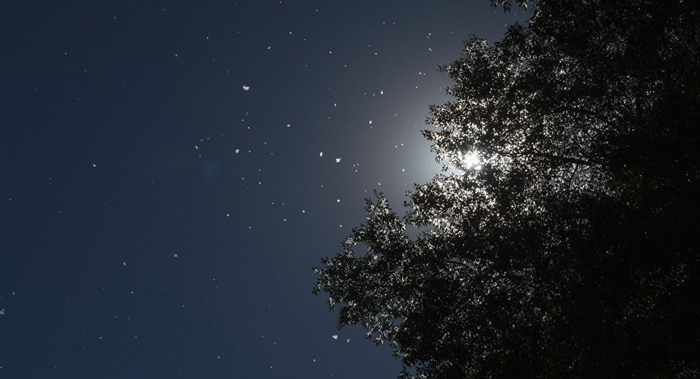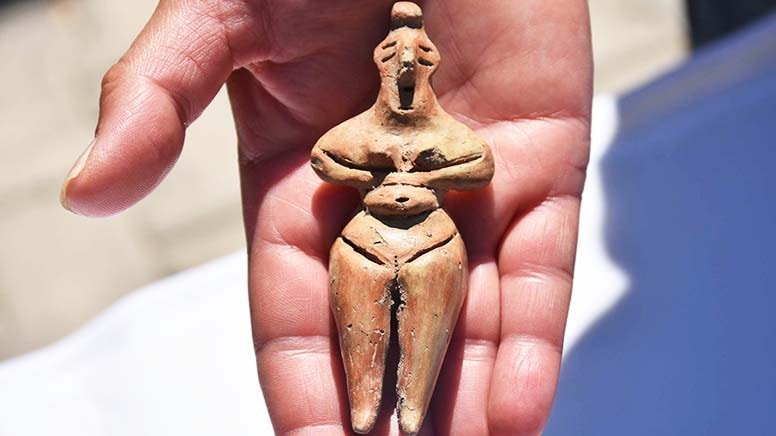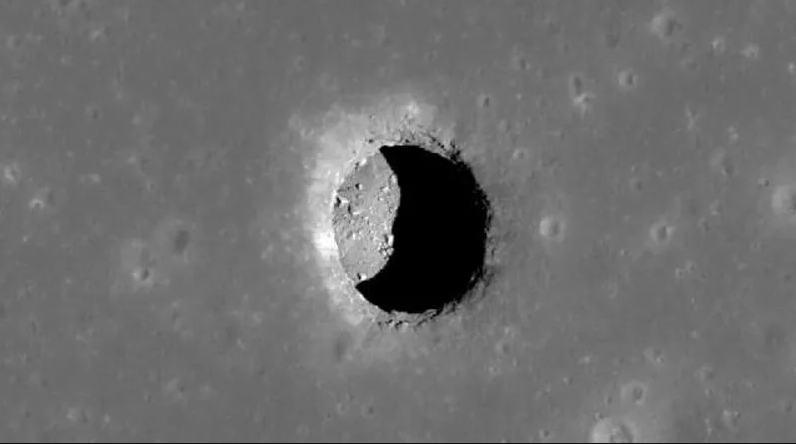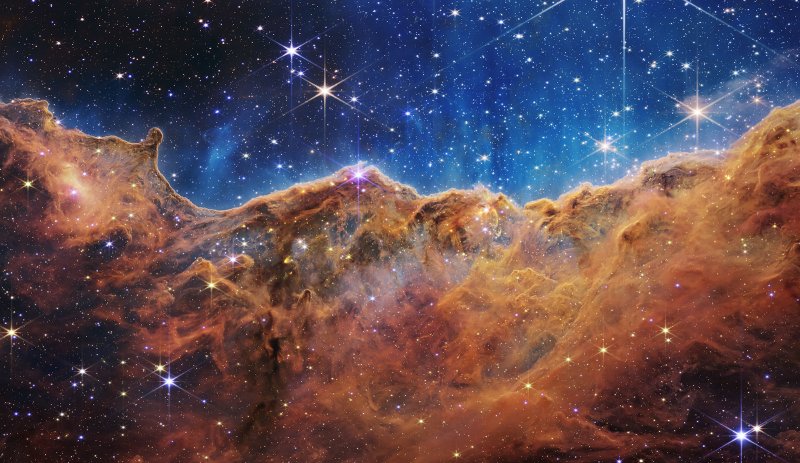
- A-
- A
- A+
Orionid Meteor Shower 2018
The Orionid meteor shower is set to peak this week overnight on the night of Oct. 21-22, but the moon will lead to subpar views for this night sky display. The meteors that streak across the sky are some of the fastest among meteor showers, because the Earth is hitting a stream of particles almost head on.
"The moon is going to mess with you," NASA meteor expert Bill Cooke told Space.com, and 15-20 meteors per hour should be visible.
The particles come from Comet 1P/Halley, better known as Halley's Comet. This famous comet swings by Earth every 75 to 76 years, and as the icy comet makes its way around the sun, it leaves behind a trail of comet crumbs. At certain times of the year, Earth's orbit around the sun crosses paths with the debris.
The Orionids are named after the direction from which they appear to radiate, which is near the constellation Orion (The Hunter). In October, Orion is best visible around 2 a.m. Cooke told Space.com that the best viewing will be around that time on Oct. 21 and Oct. 22. If you miss the peak, the show is also visible between Oct. 15 and 29, as long as the moon isn't washing the meteors out.
Sometimes the shower peaks at 80 meteors an hour; at others it is closer to 20 or 30. Cooke predicted that in 2018, the peak would be at the smaller end of the scale, echoing the peaks of 2017 and years before.
How to view the show
Orionid meteors are visible from anywhere on Earth and can be seen anywhere across the sky. If you find the shape of Orion the Hunter, the meteor shower's radiant (or point of origin) will be near Orion's sword, slightly north of his left shoulder (the star Betelgeuse). But don't stare straight at this spot, Cooke said, "because meteors close to the radiant have short trails and are harder to see — so you want to look away from Orion."
Similar News
Links


 Elm TV
Elm TV
 Photo
Photo
 Video
Video





